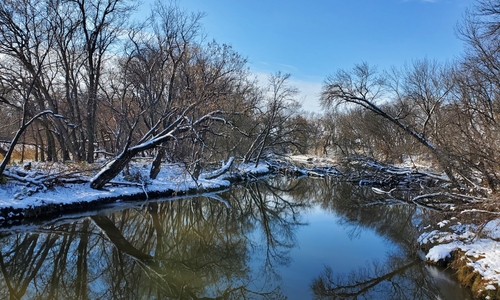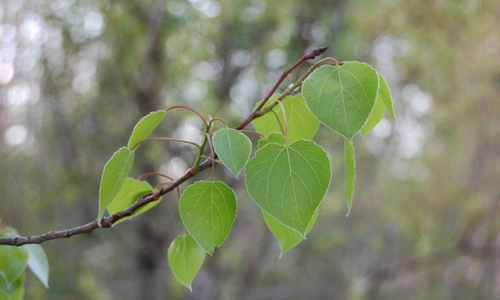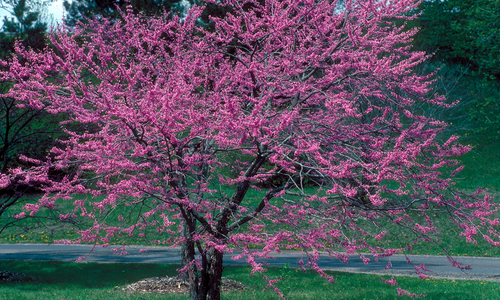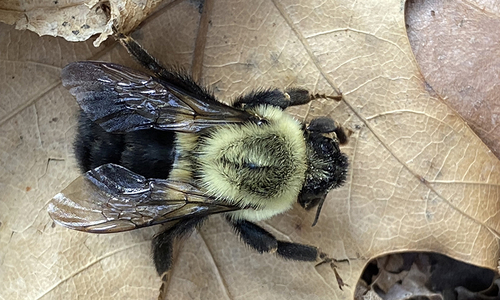Climate and weather
Minnesota Climate Adaptation Partnership
Increasing climate resilience through research, collaboration and communication
Extreme weather resources
Find Extension resources about the latest extreme weather threats.
Minnesota WeatherTalk
A weekly blog of Minnesota climate and weather observations





